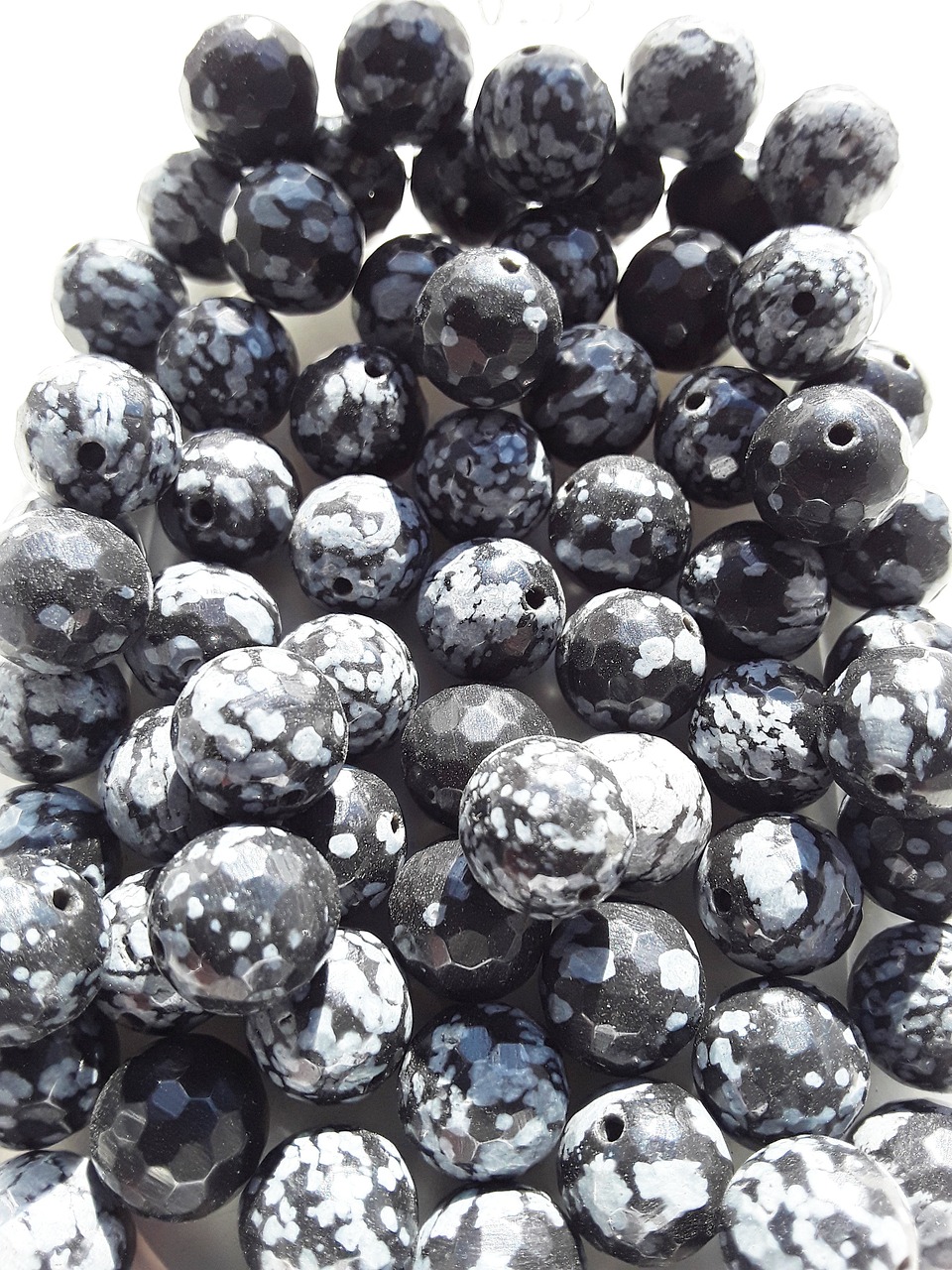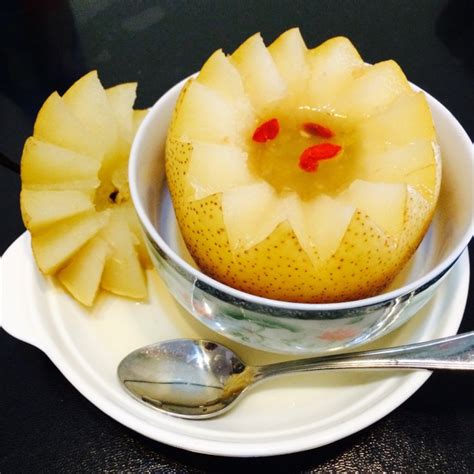Introduction to Red Wine
Red wine is a beloved beverage with a rich history, celebrated for its complex flavors, aromas, and cultural significance. Produced from darkcolored grape varieties, red wine undergoes fermentation with the grape skins, which impart both color and tannins to the final product. Let's delve into the world of red wine, exploring its production, varieties, tasting notes, and cultural importance.
Production Process
Red wine production begins with the careful selection and harvesting of ripe grapes. These grapes are then crushed, and the resulting mixture, known as "must," undergoes fermentation. During fermentation, yeast converts the sugars in the grape juice into alcohol, producing carbon dioxide as a byproduct. Unlike white wine production, red wine fermentation includes the skins, seeds, and stems of the grapes, allowing for the extraction of color, tannins, and additional flavor compounds.
After fermentation, the wine is transferred to barrels or tanks for aging. The aging process can vary significantly depending on the desired style of the wine, ranging from several months to several years. During aging, the wine develops its character, gaining complexity and nuances from the interaction with oak barrels or stainless steel tanks.
Varieties
Red wine offers a vast array of varieties, each with its unique characteristics and flavor profiles. Some of the most popular red wine grape varieties include:
Cabernet Sauvignon
: Known for its bold flavors of blackcurrant, plum, and cedar, with firm tannins and aging potential.
Merlot
: Exhibiting softer tannins and flavors of red fruits, chocolate, and herbs, often offering a smooth and approachable palate.
Pinot Noir
: Renowned for its elegance and complexity, featuring notes of cherry, raspberry, and earth, with a silky texture.
Syrah/Shiraz
: Offering rich flavors of blackberry, pepper, and smoke, with a fullbodied and robust character.
Malbec
: Originating from Argentina, Malbec showcases ripe fruit flavors, such as plum and blackberry, along with a velvety texture.These are just a few examples of the many red wine grape varieties found around the world, each contributing to the diverse tapestry of flavors within the category.
Tasting Notes
When tasting red wine, several elements come into play, providing a comprehensive sensory experience:
Appearance
: Assess the wine's color, clarity, and intensity, which can offer insights into its age and style.
Aroma
: Inhale deeply to detect the wine's bouquet, identifying notes of fruits, flowers, spices, and oak.
Palate
: Take a sip and evaluate the wine's taste, considering its body, acidity, tannins, and flavors, which may evolve on the palate over time.
Finish
: Pay attention to the lingering sensations after swallowing, noting the length and complexity of the wine's finish.Cultural Significance
Red wine holds a prominent place in various cultures around the world, symbolizing conviviality, celebration, and heritage. It often accompanies meals, enhancing the dining experience by complementing a wide range of cuisines. Additionally, red wine has been the subject of art, literature, and traditions for centuries, further cementing its cultural importance.
In conclusion, red wine is a multifaceted beverage that offers a sensory journey through its production, varieties, tasting notes, and cultural significance. Whether enjoyed casually with friends or savored on special occasions, red wine continues to captivate enthusiasts with its timeless allure. Cheers to the enduring legacy of red wine!
版权声明
本文仅代表作者观点,不代表百度立场。
本文系作者授权百度百家发表,未经许可,不得转载。












评论
匿名用户
回复红酒的英文读法是red wine,发音清晰简洁。